“One of the best producers in Burgundy was asking us if they could use our labels on all their bottles. Then we can create an additional step so that when you buy the bottle, let’s say from the distributor in the UK or in the US, you can add the bottle into your wallet,” he says. “But now, the idea is that you take out the bottle only when you want to drink the wine. Otherwise it doesn’t make sense because you are removing the bottle from the perfect provenance chain.”
Gaetano admits that, strictly speaking, Crurated’s system doesn’t prevent dedicated fraudsters switching out the contents of a bottle (if they can circumvent the NFC tag in the neck), but says that trustworthy authentication comes from never allowing the wine’s whereabouts to be unaccounted for.
If you do find yourself needing to ascertain whether a wine is the real deal, then you’ll need a different technological solution entirely. Some wineries have employed advanced printing techniques for their labels, embedding holograms and printing with invisible inks, but the real prize is an authentication process for what’s inside the bottle.
The number of different parameters to test for—the age of the wine, its place of origin, its chemical composition—means that the problem has been attacked in different ways. A team from the University of Adelaide was able to demonstrate that absorbance-transmission and excitation-emission matrix (A-TEEM) spectroscopy, essentially a very sophisticated scan of a sample, could reliably ascertain the vintage year of a selection of Shiraz wines, also accurately associating every one with a particular subregion of the Barossa Valley area.
Similarly, different studies have shown that nuclear magnetic resonance (NMR) spectroscopy, which works along similar lines to an MRI scanner, can detect different levels of deuterium, a hydrogen isotope, and different amino acids in wine, enabling scientists to identify different vintages and types.
The terroir of a vineyard can be “fingerprinted” in terms of the rainfall it experiences, with different areas known to have chemically distinct rainwater: A 2007 paper showed that analysis of “stable isotopes” within the water used to make the wine could accurately distinguish between different regions of California and Oregon.
Perhaps surprisingly, even the most renowned experts acknowledge that it can be impossible to detect a fake by smell or taste, no matter how nuanced the palette. But where mankind’s nose is defeated, a machine may still sniff out the truth. A team of academics from multiple institutions published a paper in 2023 that showed that by using a method called gas chromatography to analyze the aroma profiles of 80 Bordeaux wines, they could distinguish between vintages from seven particular estates across the left and right banks of the river.


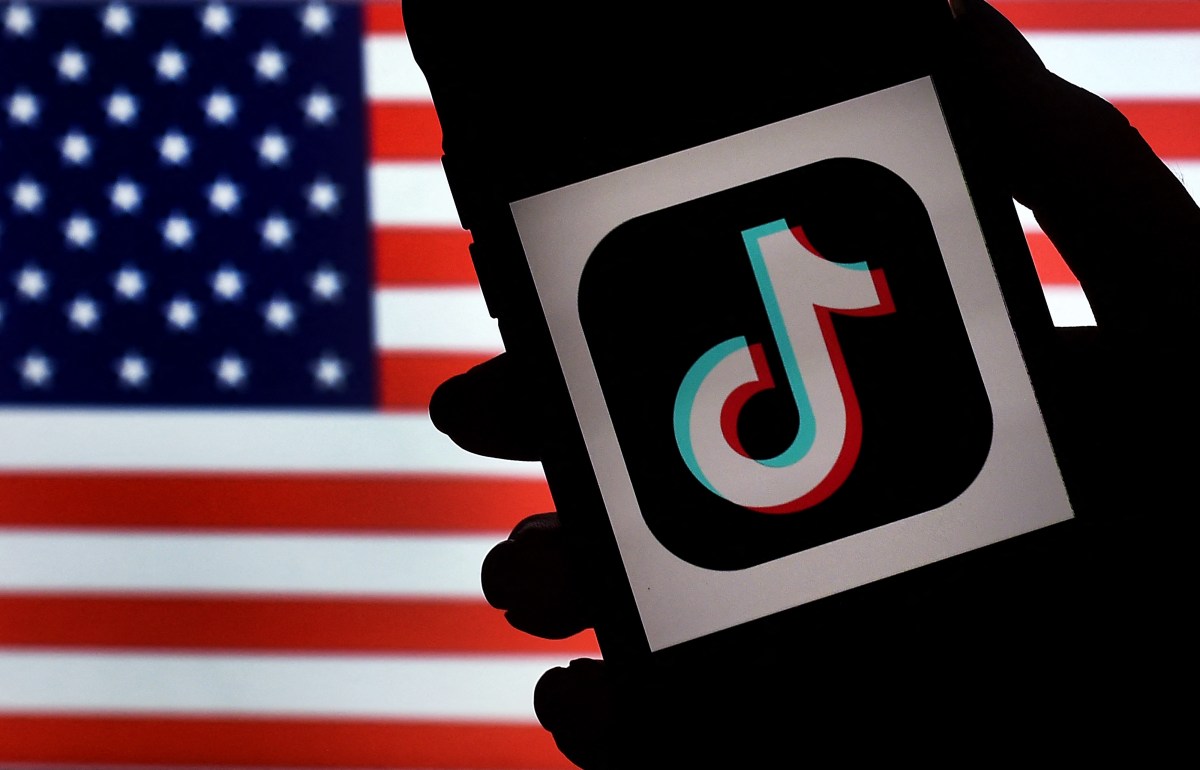

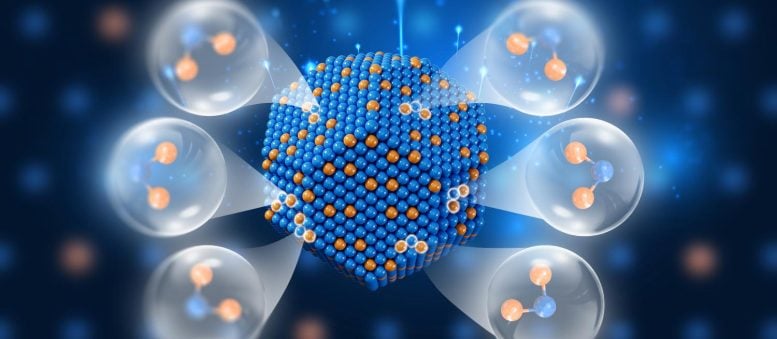
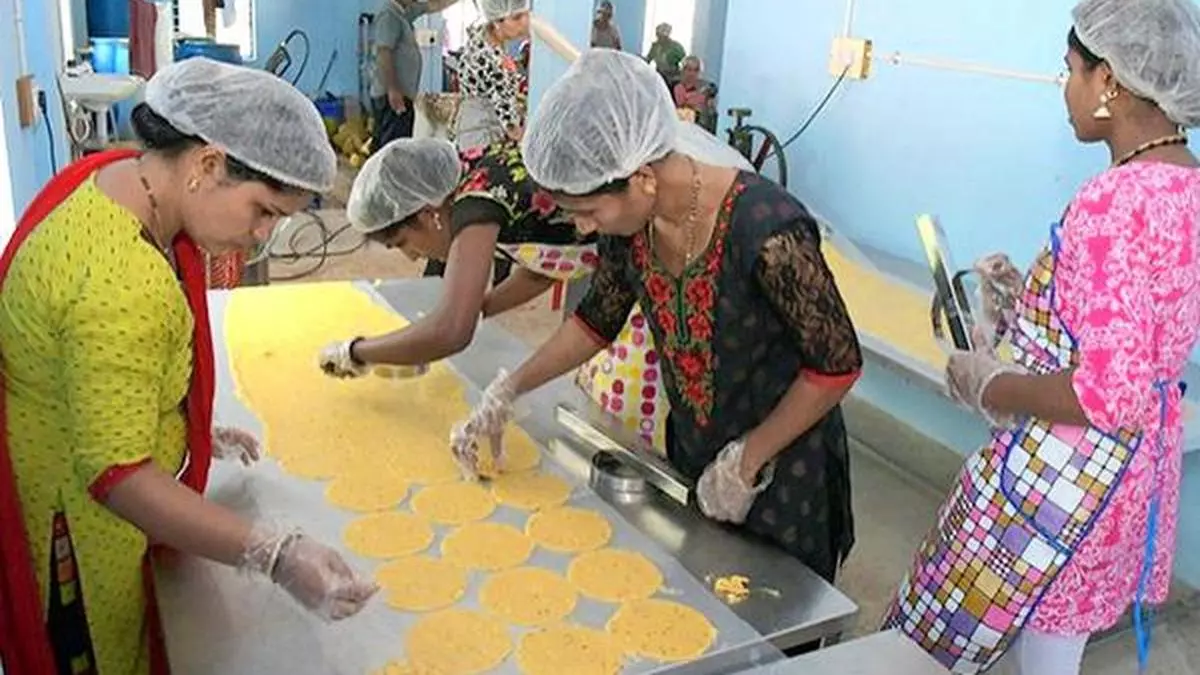
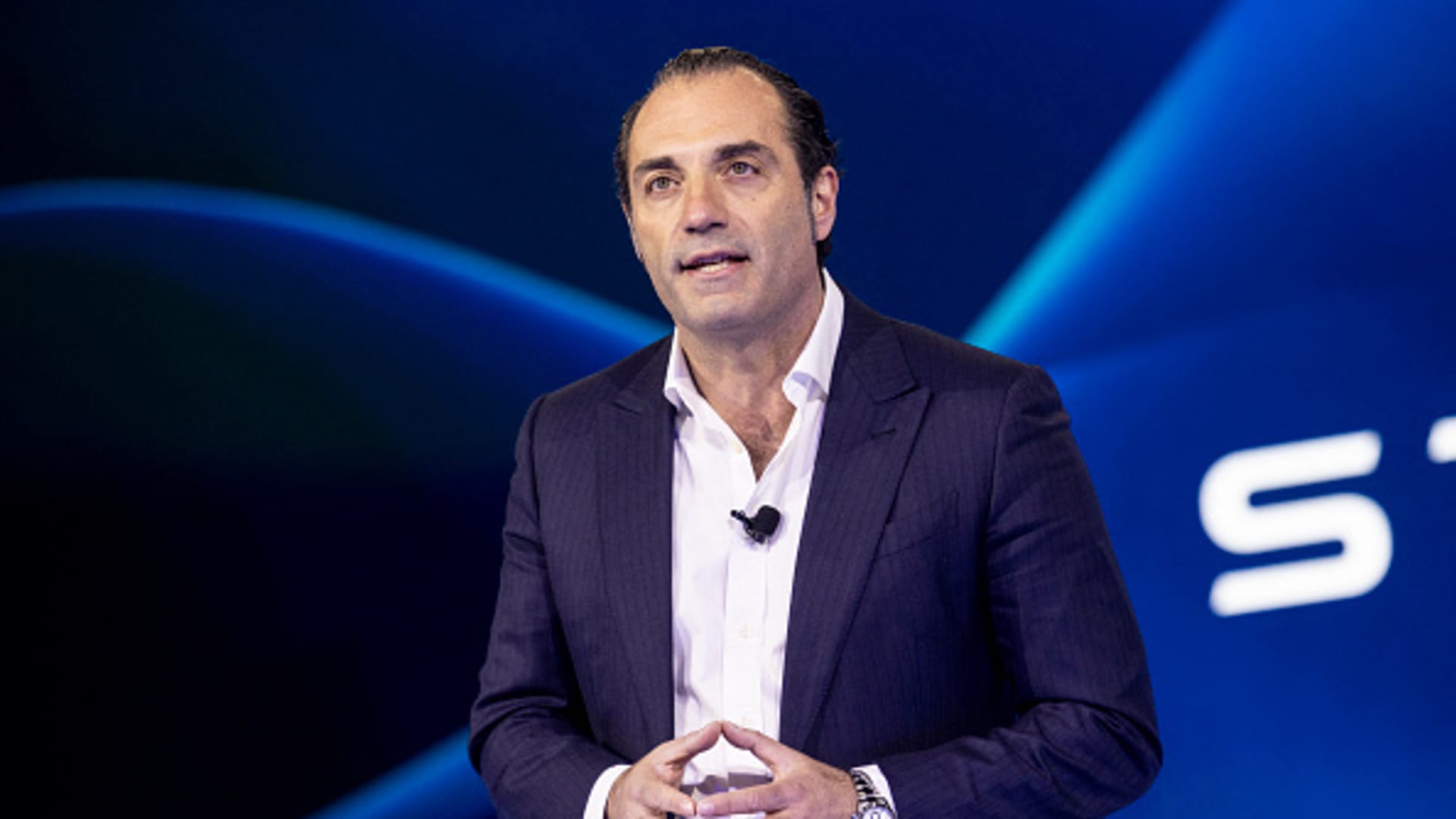
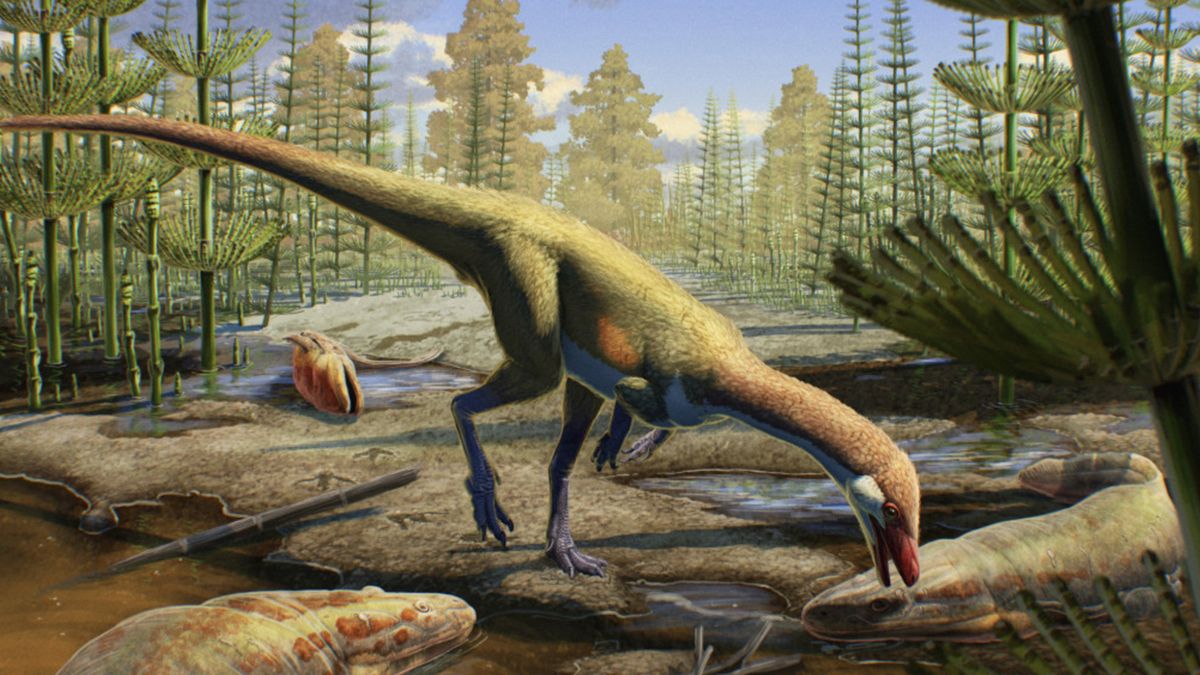

Leave a Comment